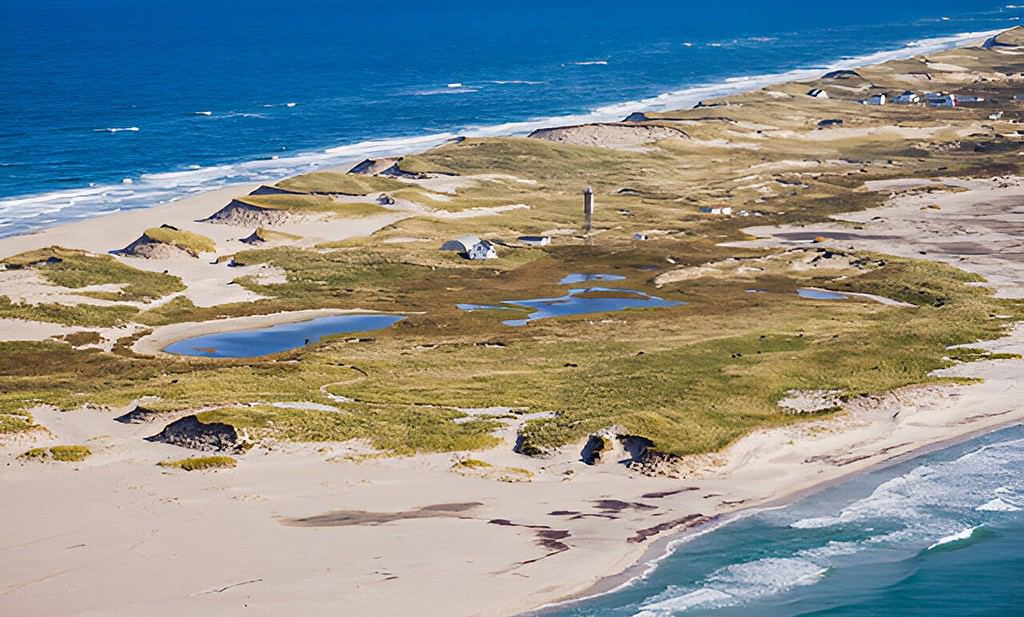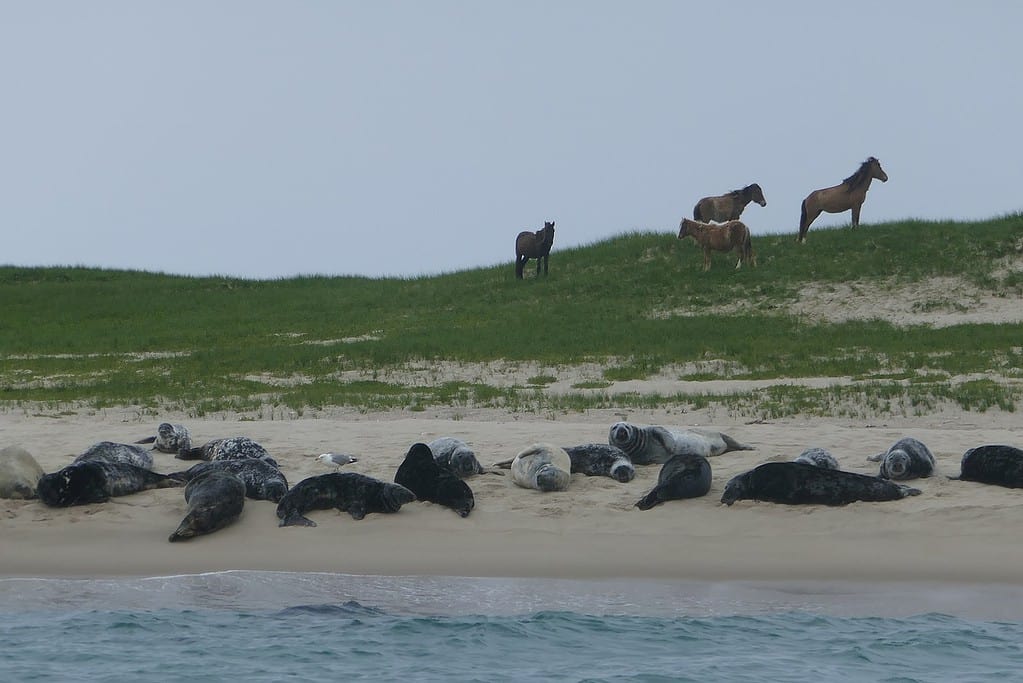Throughout centuries, Sable Island, a remote sand island near Canada, has provided sanctuary to rare seabirds, wild horses, plants, and insects, all while facing the constant threat of powerful Atlantic winds. Now, a study has found the island ecosystem is largely under threat. The problem is a surprising one: the island’s water quality is declining severely.

“Worldwide there are few uninhabited islands with historical monitoring data, like what is available for Sable Island, so the opportunity to assess how long-term changes in fresh groundwater are coupled with the shape and extent of island dunes is very unique,” explains Julia Cantelon, study author and PhD candidate.
Cantelon and colleagues at Dalhousie University looked at the quality and quantity of the island’s fresh groundwater, which flows into freshwater ponds and supports the island’s entire ecosystem. They collected groundwater monitoring data from the past four years and compared water salinity and distribution to measurements from the 1970s.
The researchers found a loss of fresh groundwater on the island, linked to decades of storms, hurricanes, waves and dune erosion. During storms, seawater floods the beaches, filters into the ground and salinizes groundwater. When storms happen repeatedly, they can erode dunes and cause groundwater salinization to shift landward.
This suggests that while rainfall can help flush saltwater because groundwater flows slowly, freshwater doesn’t have sufficient time to replenish itself before it’s flooded again by another storm. “Over time, large events that drive rapid can reshape the island topography and impact the fresh groundwater resources,” Cantelon said.

Steady erosion
Many small islands have a fresh groundwater zone called a “freshwater lens”. On Sable Island, this freshwater lens feeds into ponds that support the island’s distinct and diverse ecosystem. However, the ongoing erosion of dunes on the island has diminished the crucial freshwater lens, raising concerns about its sustainability.
The main concern of the researchers is that the steady erosion of dunes on the island has reduced the volume of the freshwater lens. The results of the study have implications for freshwater security on other more populated islands around the world that rely on groundwater for freshwater supply that is threatened by salinization.
Each year, thousands of kilometers of shoreline are ravaged by coastal seawater flooding, putting coastal fresh groundwater resources at significant risk of contamination. To address this, the researchers stress the need for comprehensive, large-scale monitoring and mapping initiatives focused on coastal groundwater.
“Hydrological research has been ongoing on Sable Island since the 1970s. However, this dynamic island continues to evolve,” Dan Kehler, Sable Island’s ecologist, said in a news release. “This work continues to highlight the pivotal role that hydrology plays for this offshore sand island, and how coastal processes like storms have surprising effects.”
But the implications of this finding expand beyond just Sable Island. Kurylyk says the results have implications for freshwater security on more populous small islands around the world. Furthermore as erosion and coastal floods are exacerbated by climate change, we can add a new problem caused by global heating.
The study was published in the journal Advancing Earth and Space Sciences.






